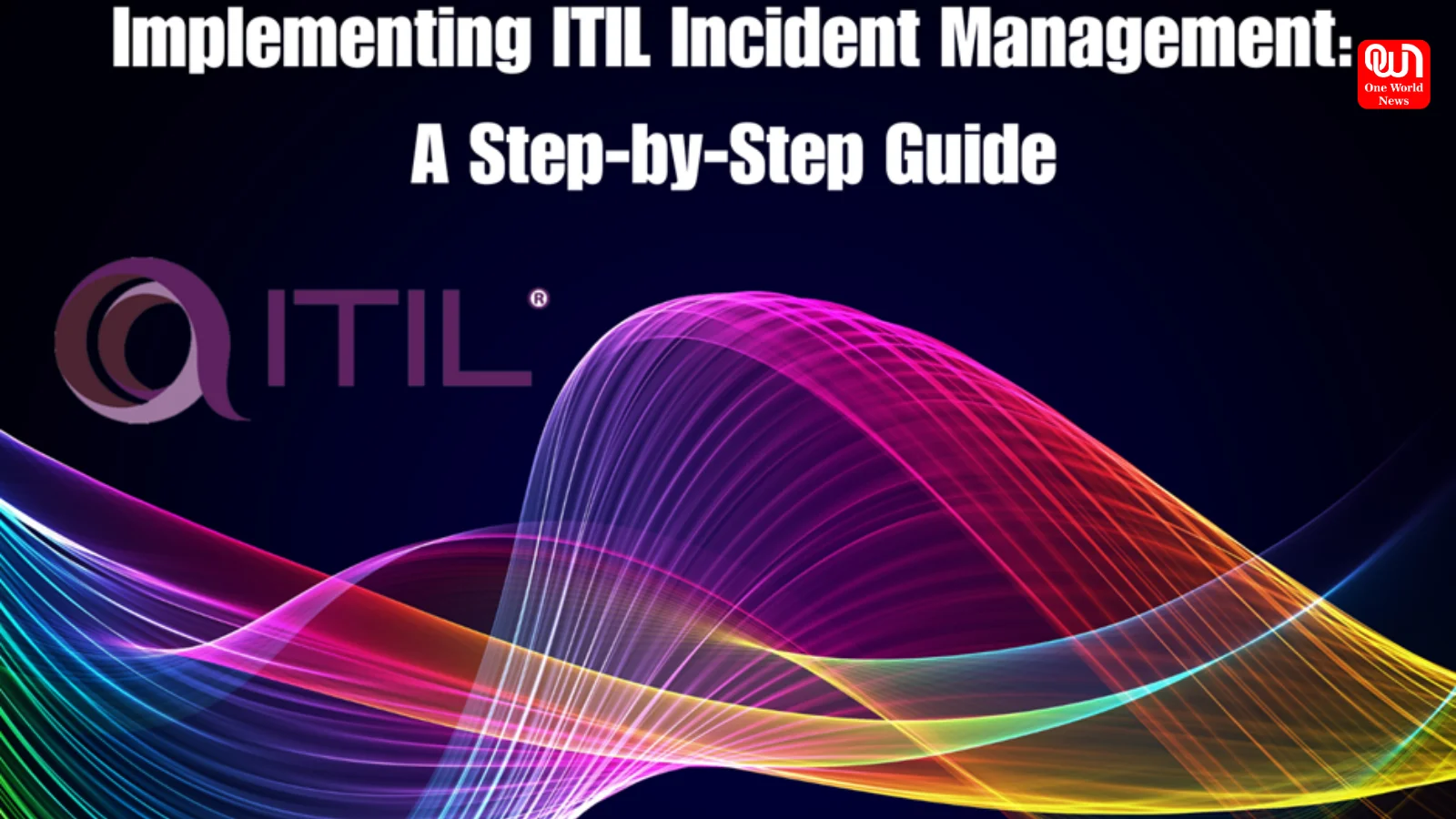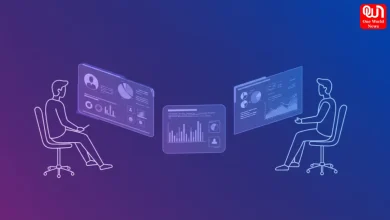Implementing ITIL Incident Management: A Step-by-Step Guide
Efficient incident management is important for maintaining smooth IT operations and guaranteeing client satisfaction.
Efficient incident management is important for maintaining smooth IT operations and guaranteeing client satisfaction. The Information Technology Infrastructure Library, or ITIL, offers an organised framework for incident management, supported by comprehensive ITIL Courses, that helps businesses effectively handle and fix problems. There are various advantages to your business when implementing ITIL into their processes.
This blog will walk you through implementing ITIL Incident Management in your company.
Steps to Implement ITIL Incident Management
Below are the steps to implement ITIL Incident Management in your company:
Step 1: Define Objectives and Scope
The best way to implement ITIL Incident Management within your organisation is to define it and what it should do. Clearly state your objectives, including:
- Cutting down on service interruptions
- Enhancing reaction and resolution times
- Increasing client satisfaction
You may ascertain the scope by determining which IT services and procedures will be covered under incident management. Make sure it fits in with the overall IT strategy and goals of your company.
Step 2: Build a Dedicated Team
A committed team with clear roles and duties is necessary for incident management. Usually, these positions consist of:
- Incident Manager: The incident manager monitors the procedure and ensures that ITIL rules are followed.
- Support Teams: Use their areas of expertise to handle incident resolution.
- Service Desk: It serves as the main point of contact for communication and incident reporting.
Train your team on ITIL principles and best incident management practices to ensure readiness.
Step 3: Establish an Incident Management Process
Establish a uniform procedure for managing incidents from beginning to end. The following actions ought to be part of the procedure:
- Incident Identification: Whether using human reports or automated monitoring technologies, make sure every occurrence is found and reported.
- Incident Logging: Record the incident’s time, impacted services, and user impact.
- Categorisation and Prioritisation: Sort incidents according to their nature and seriousness. Prioritise tasks according to their importance and effect on company operations.
- Investigation and Diagnosis: Determine the incident’s underlying cause and determine the best action to resolve it.
- Resolution and Recovery: As soon as possible, put the resolution into practice and resume regular service operations.
- Incident Closure: Confirm that the issue has been fixed and add pertinent information to the incident record. Make sure the resolution is communicated to the impacted users.
Step 4: Implement an ITSM Tool
Managing issues effectively requires an efficient IT Service Management or ITSM platform. Numerous steps in the incident management process are automated by these solutions, including:
- Incident logging and tracking
- Workflow automation
- Communication and notifications
- Reporting and analytics
ITIL Incident Management deployment can be streamlined with well-known ITSM systems like ServiceNow, Jira Service Management, and BMC Helix.
Step 5: Define SLAs and OLAs
Setting explicit expectations requires using Operational Level Agreements or OLAs and Service Level Agreements or SLAs. While OLAs specify the internal duties of support teams, SLAs specify the quality of service that must be offered to end users. Among the examples are:
- The time it takes to acknowledge an incident.
- Time is needed to resolve issues at various priority levels.
To ensure that such agreements are strategic, they should be closely monitored and approved/rejected in accordance with business objectives and capacity.
Step 6: Establishing Clear Protocols
Communication can go a long way toward improving communication. In light of these observations, it is critical to reemphasise that successful incident management requires good communication. Create procedures to:
- Update users on the status of the incident.
- When necessary, escalate incidents to higher support levels.
- Inform relevant parties about important happenings.
Use a variety of communication channels, including chat, email, and dashboards, to guarantee openness and accessibility.
Step 7: Monitor and Measure Performance
Monitor Key Performance Indicators or KPIs to evaluate how well your incident management procedure works. Typical KPIs consist of:
- Mean Time to Acknowledge or MTTA
- Mean Time to Resolve or MTTR
- First Call Resolution or FCR rate
- Incident backlog
Utilise these indicators to pinpoint areas needing development and make the required adjustments.
Step 8: Conduct Post-Incident Reviews
Conduct post-incident reviews following the resolution of significant incidents to:
- Examine the underlying reason.
- Analyse how successful the answer was.
- List the lessons you’ve learnt.
To improve your incident management procedure and stop recurrence, record these results.
Step 9: Foster a Culture of Continuous Improvement
Incident management is a continuous process that needs to be improved. Promote a culture of ongoing development by:
- Reviewing and upgrading the procedure regularly
- Taking user and support team input into consideration
- Making use of technological developments like automation and artificial intelligence
Step 10: Align with ITIL 4 Principles
Make sure your implementation complies with the guiding principles of ITIL 4, including:
- Focus on Value: Prioritise initiatives that will benefit users and the company the most.
- Collaborate and Promote Visibility: Encourage cooperation and uphold openness at all levels.
- Think and Work Holistically: Consider how incident management affects IT and business results more broadly.
Conclusion
Implementing ITIL incident management can greatly enhance your organisation’s capacity to manage IT problems efficiently. By following this detailed guidance, you may establish a strong incident management procedure that improves user happiness and service dependability. Explore free resources from The Knowledge Academy to ensure alignment with ITIL-recommended practices and to stay updated on best practices. Remember, continuous improvement is essential for success in managing IT incidents effectively.
We’re now on WhatsApp. Click to join.
Like this post?
Register at One World News to never miss out on videos, celeb interviews, and best reads.








